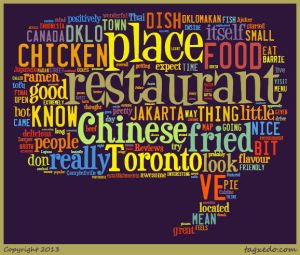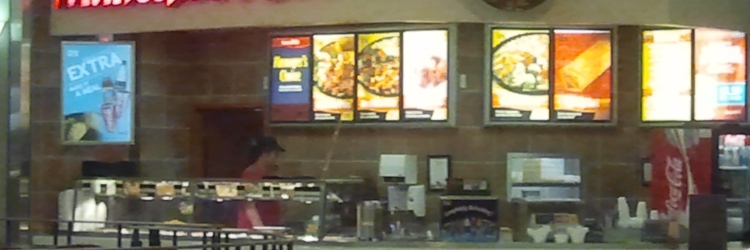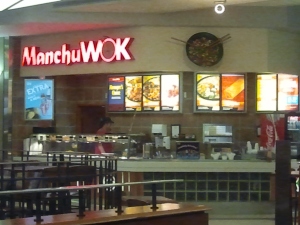There’s something that I’ve wanted to put forth for a long time, and for some stupid reason have never had the opportunity to. Sometimes, when I have so many things to say about a particular subject, my stupid brain locks up and goes into a 404 PAGE NOT FOUND mode, which may be entertaining for a comedy show, but is really lousy for someone who’s supposed to be the model of erudition (at least when it comes to food)
The point that has bugged me for a very long time is simply this: in Toronto, the term “Hakka” is used ALMOST EXCLUSIVELY when referring to a type of cuisine cooked by Chinese people who came from India. This is incorrect, and I will explain why below.
I’m not going to waste your time giving a long explanation about the history of how a large group of Chinese settlers ended up in India (Wikipedia does it so much better here). But what I want to tackle is the usage of the term “Hakka” when referring to the type of food that they cook. You see, the Chinese population in India ended up adapting their cuisine to local tastes, using local spices and herbs (the most notable one being garam masala), with the result being a beautiful fusion cuisine of the complex flavours of Chinese cooking and the punch and flavour of Indian cuisine. And who were the Chinese settlers in India? Hakka people. That is to say, a subgroup of the ethnic Han Chinese.
Well then, I hear you say (I sometimes hear voices, humour me), what’s so incorrect about calling the Indian-Chinese fusion cuisine as Hakka cuisine? The answer lies in that ACTUAL authentic Hakka cuisine is a million miles away from the interesting dishes you see in an Indian-Chinese restaurant. Real, traditional food of the Hakka people (which is therefore called “Hakka cuisine”, I know eh, what a concept) look much more like, surprise surprise, traditional Chinese food. Case in point, the salt baked chicken.
Moreover, the Hakka people migrate all over the world, and not just India. The majority of Chinese people in Central America and the Caribbean, for example, are Hakkas (major example: Chinese Jamaicans). A crapload of Hakkas also immigrated to Southeast Asia, particularly Indonesia, the place where I was born and once lived. So to say that Indian-Chinese food is “Hakka” food is to unintentionally but completely discount two things: A) actual, authentic Hakka cuisine (that most people have never heard of) and B) OTHER Hakka fusion cuisines that Hakka people all around the world have created (such as Jamaican-Chinese fusion food – you never hear them called “Hakka”). It doesn’t help that the Indian-Chinese restaurants call themselves Hakka as well. While it’s not TECHNICALLY incorrect (the people who open these restaurants are, after all, Hakka people), it’s not exactly accurate either.
As some of you know, I’m not a traditionalist or purist when it comes to food. Hell, I’ve professed my love for Manchu goddamn Wok publicly, and insist that the oft-mocked American/Canadian-Chinese food is a legitimate type of cuisine in and of itself. So believe me when I say that I’m not trying to be pedantic just for the sake of being a pain in the ass. I’m just a bit tired of people asking me what’s my favourite cuisine, and having answered “perhaps Indian-Chinese food”, be faced with the reply “oooh, you mean Hakka food?”. Actually, no I do not.
So why does it bug me? Well, because I’m Hakka Chinese. And I have had many different kinds of Chinese cuisine cooked by wonderful Hakka cooks. Indian-Chinese dishes are just one wonderful part of the Hakka cuisine spectrum, but it is far and away only a small slice of it.
At the end of the day, I guess you can call it whatever you want, but let me ask you a question. To grab a random example, if you were a Quebecois Canadian, and your whole family emigrated to Japan, and your entire family opened a chain of restaurants that primarily serve sushi-poutine with wasabi, would you still call that Quebecois cuisine? Of course not. It’s become a beautiful Quebecois-Japanese fusion cuisine. A new cuisine in it’s own right. And THAT is what the so-called “Hakka cuisine” is in Toronto. It is, and always will be, Indian-Chinese food for me. And I will always love it.
Now gimme SOME MOAR Chicken Manchurian and pakoras!















